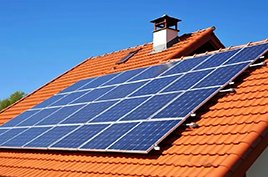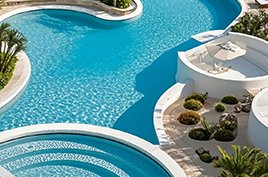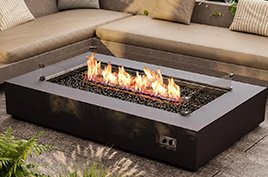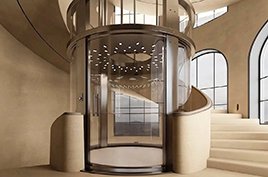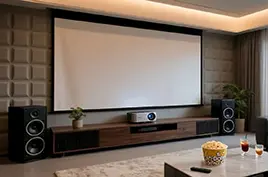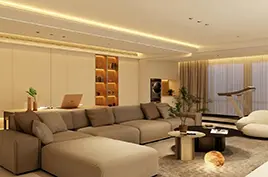When people think of air conditioning, they usually imagine bulky units mounted outside their homes, humming away during summer. But what if installing an outdoor unit isn’t possible? Maybe you live in a high-rise apartment, a historic building with exterior restrictions, or a rental property where outdoor modifications are prohibited. Fortunately, there is a solution: air conditioner without outdoor unit.
In this article, we’ll explore what these systems are, how they work, and the advantages and limitations of using an indoor-only air conditioner. Whether you’re dealing with installation restrictions or simply looking for a more aesthetic cooling solution, understanding this technology could help you make a better decision for your living space.
What Is an Air Conditioner Without Outdoor Unit?
An air conditioner without outdoor unit, often referred to as a monoblock air conditioner, is a type of system that consolidates all of its components into a single indoor unit. Unlike traditional split systems, which include both an indoor evaporator and an outdoor condenser unit, monoblock units manage the entire air conditioning cycle within a single casing.
These units require only small vents or duct holes to the outside (typically through a wall or window) to expel warm air and draw in fresh air. In some cases, they don’t require any external hole at all and use water for heat exchange (hydronic systems), though these are less common.
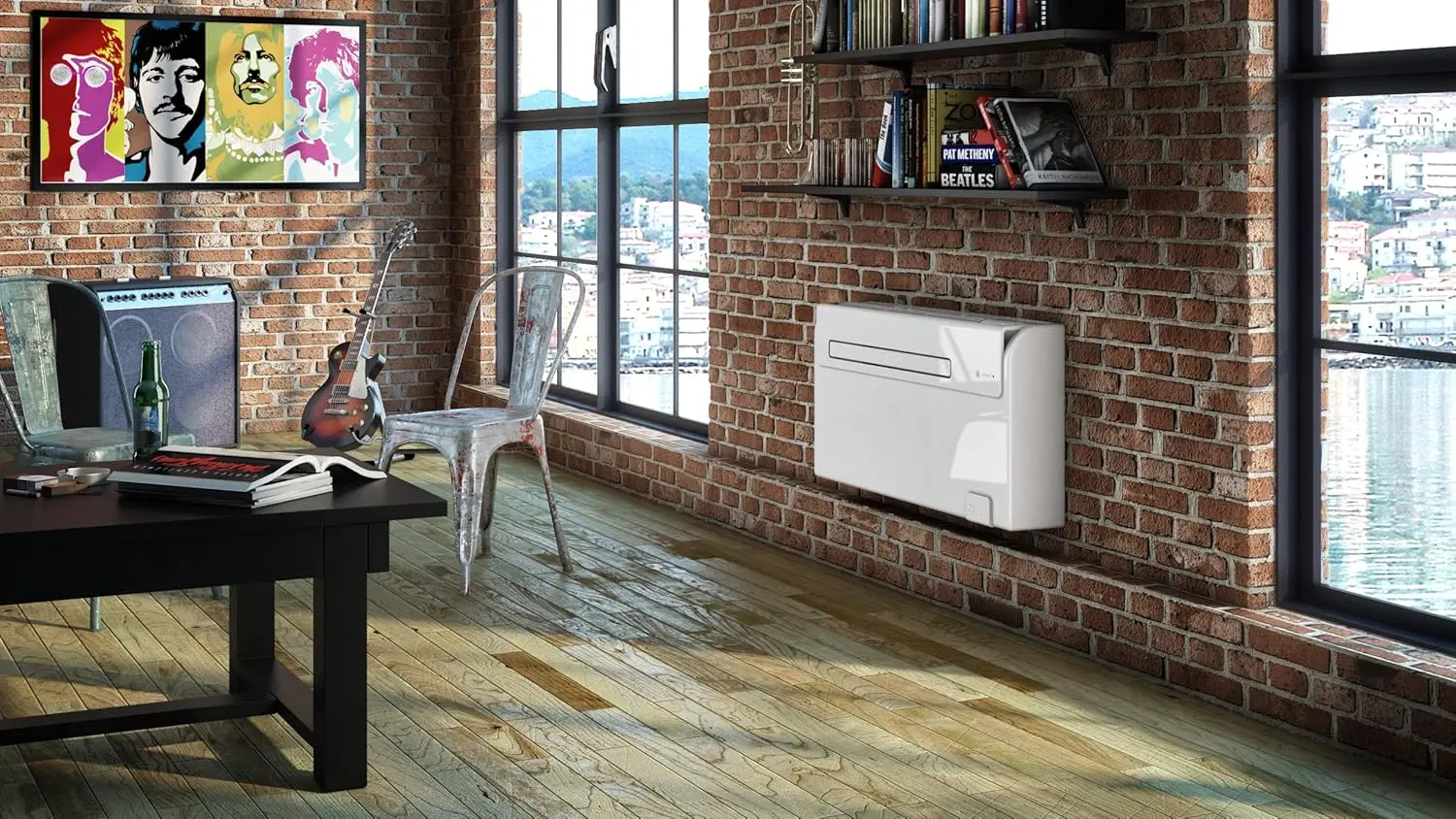
Types of Air Conditioners Without Outdoor Units
There are several main types of indoor-only air conditioning systems. Each comes with its own advantages and installation requirements:
1. Portable Air Conditioners
- Mounted directly into a window frame.
- No separate outdoor unit, but part of the system extends outside.
- Ideal for single rooms, especially in rental units.
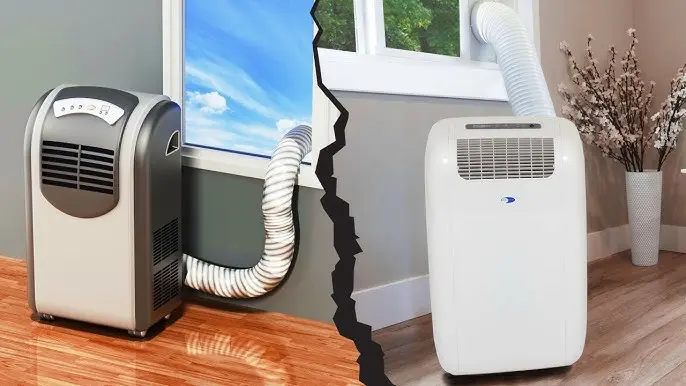
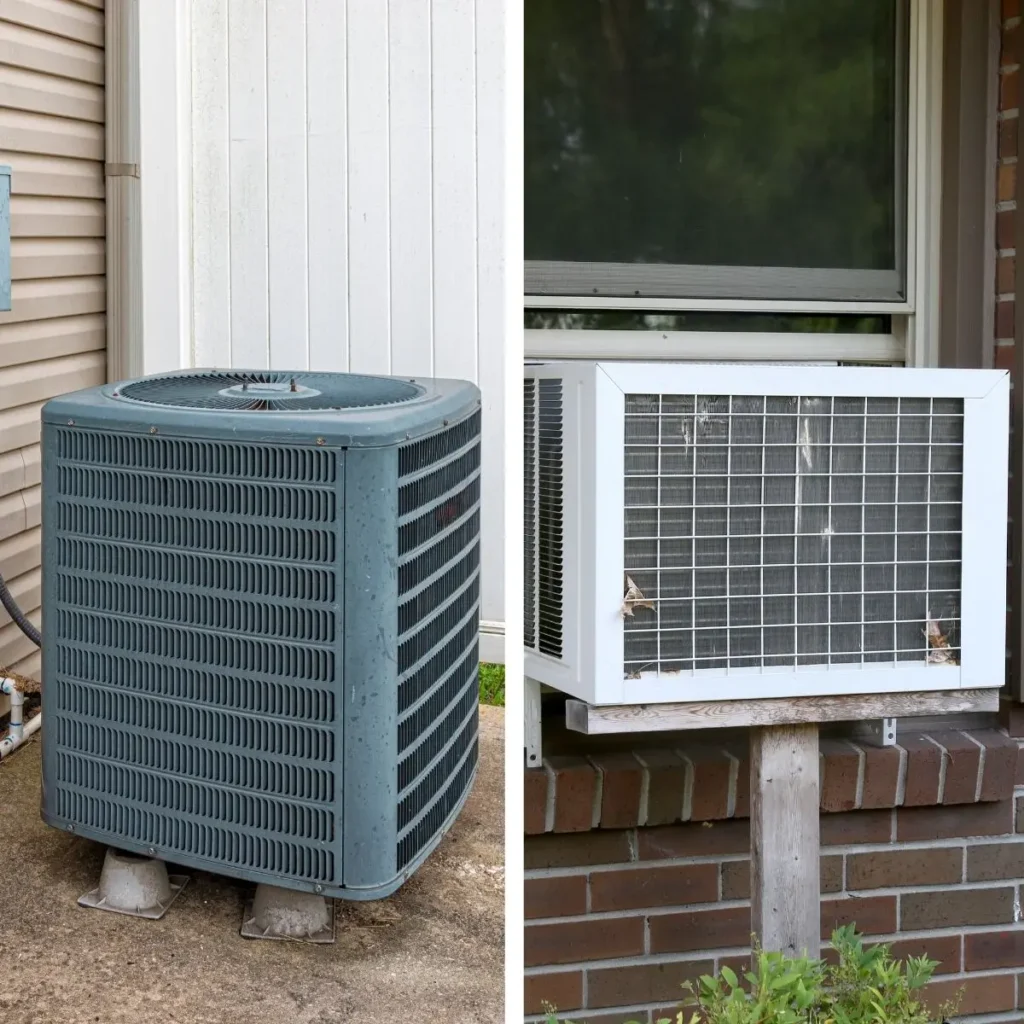
2. Window Air Conditioners
- Mounted directly into a window frame.
- No separate outdoor unit, but part of the system extends outside.
- Ideal for single rooms, especially in rental units.
3. Through-the-Wall Monoblock Units
- Installed through an exterior wall with only small air grilles visible from the outside.
- More permanent and efficient than portable ACs.
- Suitable for apartments, condos, and even some commercial spaces.
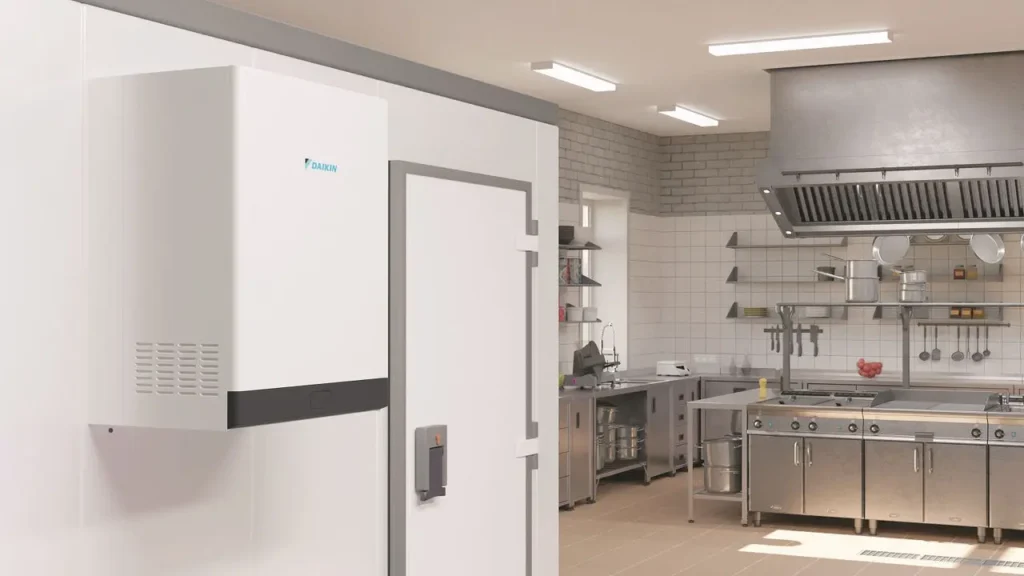
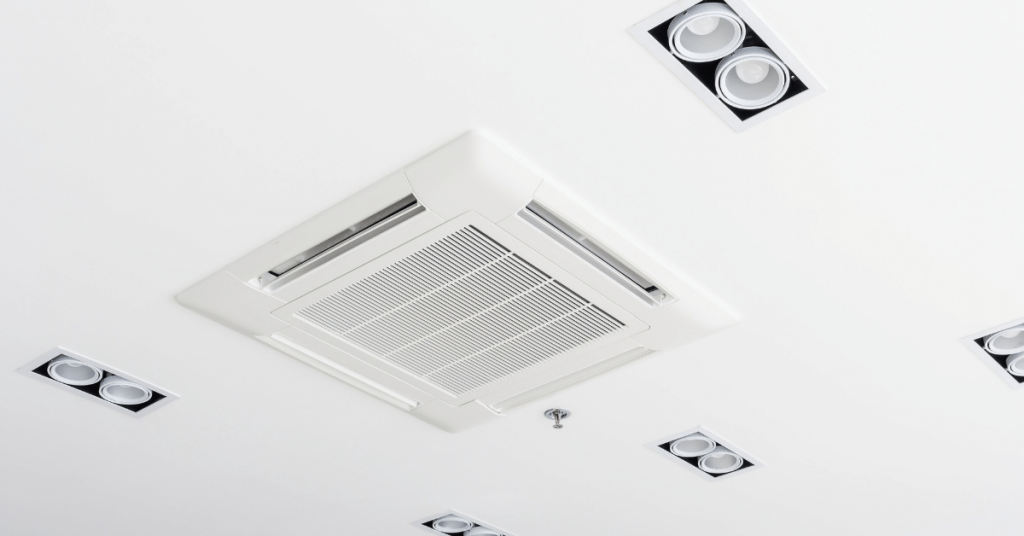
4. Water-Cooled Internal AC Systems
- These do not require any external vent.
- Use water instead of air for heat exchange.
- Typically used in luxury apartments or buildings with central water systems.
Advantages of Air Conditioners Without Outdoor Units
1. No External Modification Needed
The biggest benefit is that they don’t require mounting an external condenser, making them ideal for:
- Heritage buildings with facade restrictions.
- Urban apartments without balcony or wall space.
- Tenants who are not allowed to modify the exterior structure.
2. Easier Installation
Most of these units require minimal structural changes—some only need a standard power outlet and a small hole for ventilation pipes. This often makes installation quicker and cheaper.
3. Space-Saving Design
These systems save space on balconies and external walls, making them ideal for compact urban living where every square meter counts.
4. Quiet Operation
High-end monoblock units often feature sound-insulated compressors and fans, providing quiet operation—perfect for bedrooms or offices.
Limitations and Considerations
While air conditioners without outdoor unit offer many benefits, they also come with trade-offs:
1. Cooling Capacity
Most indoor-only units have limited BTU ratings and may not be suitable for cooling large areas. For large homes or open-plan spaces, a split or multi-split system may still be required.
2. Energy Efficiency
Some models consume more energy compared to split systems due to compact size and reduced heat exchange efficiency.
3. Moisture Management
Without proper drainage, condensation can build up. Most systems include a water tank or automatic drainage, but it’s something to monitor.
4. Aesthetic Compromise
Even though there’s no bulky external unit, visible vents or hoses may still affect room aesthetics unless professionally concealed.
Ideal Use Cases for Indoor-Only Air Conditioners
- Urban apartments with HOA or landlord restrictions.
- Heritage buildings with protected exteriors.
- Small offices and studio spaces.
- Temporary installations or rented homes.
- Supplemental cooling in homes with underperforming HVAC systems.
What to Look for When Buying
If you’re considering an air conditioner without an outdoor unit, here are a few things to check before buying:
- Cooling capacity (BTU/hr) – match the unit to your room size.
- Noise level (dB) – especially important for bedrooms.
- Drainage method – manual tank vs. self-evaporative.
- Air filtration features – such as HEPA filters or ionizers.
- Portability – if you plan to move the unit between rooms.
Final Thoughts
Yes, you can have an air conditioner without an outdoor unit. These systems provide a practical alternative for people living in buildings where traditional installations aren’t possible. They’re compact, flexible, and surprisingly effective for small to medium-sized spaces.
However, they are not one-size-fits-all. Understanding your space, your cooling needs, and your aesthetic preferences will help you decide if this option is right for you.
If you’re seeking a cooling solution that’s easy to install, minimally invasive, and doesn’t involve noisy outdoor units, a monoblock air conditioner or a portable system might be the perfect match.

